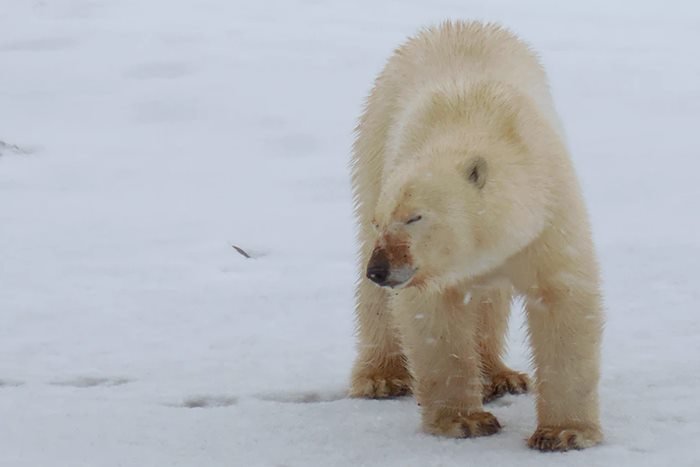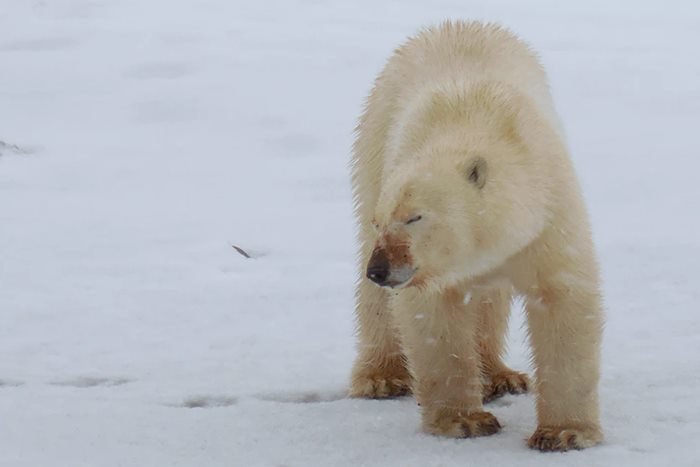For the first time, a polar bear died from bird flu in the world. The body found in December 2023 in Alaska raised an alarm for experts: H5N1 has evolved enough to infect mammals, including humans, and may be mutating to become more deadly.
In humans diagnosed so far, H5N1 has always generated asymptomatic forms of infection or mild symptoms, but for biologist Alastair Ward, from the University of Leeds, in the United Kingdom, the bear found represents a problem.
“Influenza viruses are highly adaptable and we observed very specific genetic changes for H5N1 to adapt to mammalian hosts”, he indicates in an article published on the scientific dissemination platform The Conversation.
The specialist created a list of mammals that have already been infected by H5N1 and indicated that carnivorous animals have had a greater number of serious infections and deaths. For him, this could be a sign that the virus is being transmitted by birds that served as food for these animals.
Ward suggests that the future of several species (including polar bears, which are already threatened with extinction) is linked to the genetic tests that are being carried out on the body of the animal found.
“We should expect that the H5N1 found in the body will not have major changes, but it also seems likely that the list of affected mammals will continue to grow, but slowly and among scavenging carnivores in particular, but we need to constantly monitor this virus”, says the biologist .









